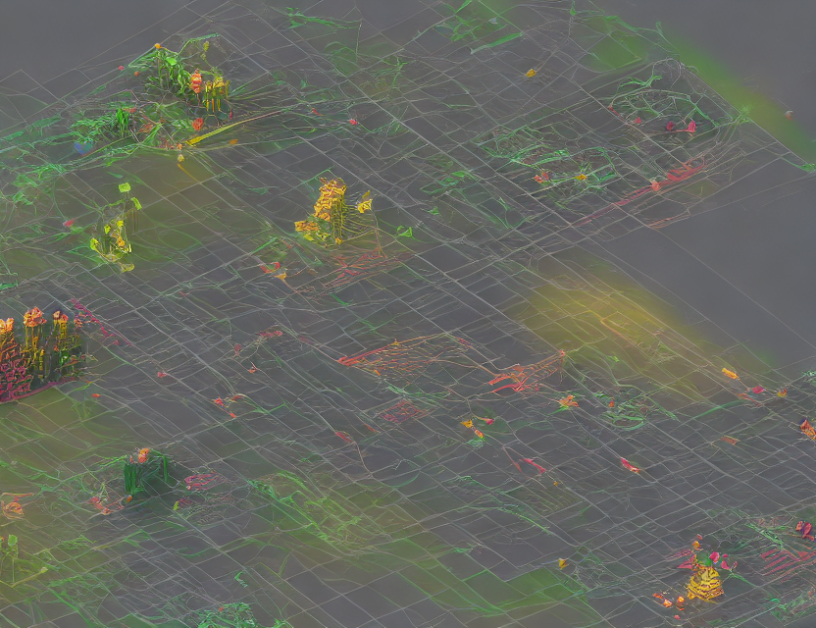This article proposes a novel approach to decentralized reinforcement learning (DRL) called Generalized Alternating Directions Method (GAC). Unlike traditional DRL methods that rely on a centralized model of the system, GAC leverages local observations and communication between agents to learn a control policy. The key innovation is the use of alternating directions in finding the optimal dual variables, allowing for faster convergence and improved scalability.
The authors begin by highlighting the limitations of traditional DRL methods in large-scale systems, where centralization becomes impractical. They then introduce GAC as a decentralized alternative that leverages local observations and communication between agents to learn a control policy. The proposed method involves two stages: (1) local minimization of the Lagrangian function, and (2) recovery of the optimal dual variables from the local minimizations.
To demystify complex concepts, the authors use everyday language and engaging analogies. For instance, they compare the alternating directions used in GAC to a team of people working together to complete a jigsaw puzzle. Each person is assigned a different part of the puzzle, but they must coordinate their efforts to ensure that the final picture is complete and accurate. Similarly, in GAC, each agent is responsible for learning a local policy, but they must communicate with neighboring agents to ensure consistency across the entire system.
The article provides theoretical guarantees on the convergence of GAC and compares its performance to traditional DRL methods. They show that GAC achieves faster convergence and improved scalability in large systems. The authors also provide examples of applications, such as coordination of autonomous vehicles or management of smart grids, where GAC can be used to learn control policies in a decentralized manner.
In summary, the article presents GAC as a promising approach to decentralized reinforcement learning that leverages local observations and communication between agents to learn a control policy. By using alternating directions, GAC achieves faster convergence and improved scalability in large systems, making it an attractive alternative to traditional DRL methods.
Electrical Engineering and Systems Science, Systems and Control
Distributed MPC for Multi-Agent Reinforcement Learning: A Function Approximator Approach



